Build and operate multicloud FaaS with enhanced, intelligent end-to-end observability
Dynatrace
APRIL 25, 2023
For example, to handle traffic spikes and pay only for what they use. Scale automatically based on the demand and traffic patterns. Observability is typically achieved by collecting three types of data from a system, metrics, logs and traces. The elasticity of serverless services helps organizations scale as needed.


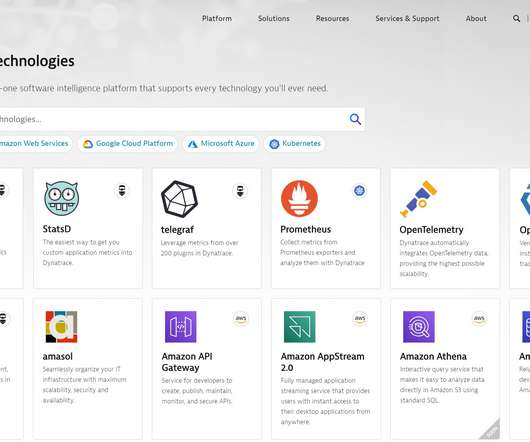



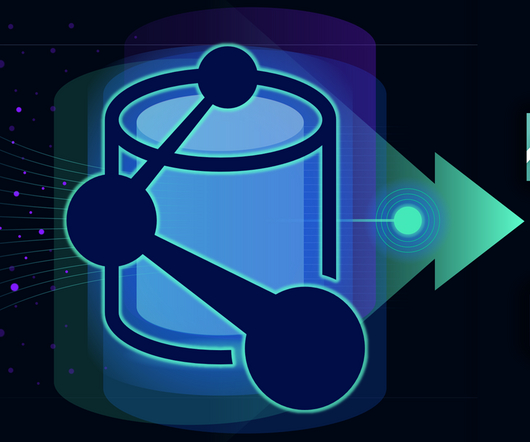



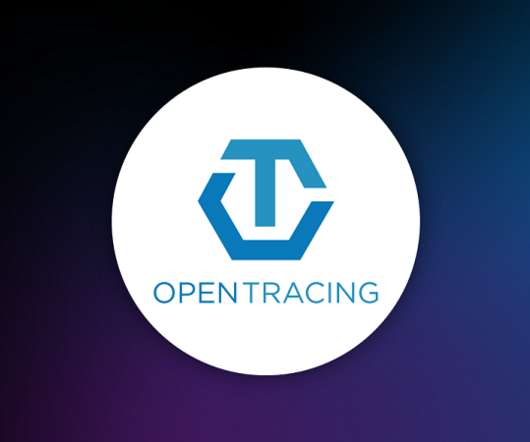
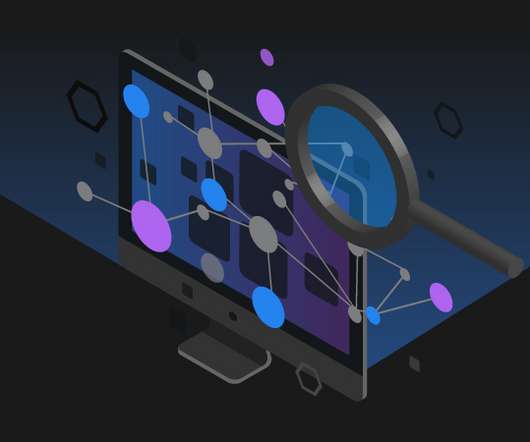
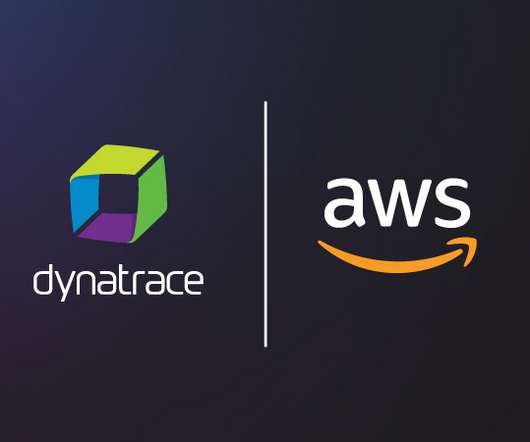

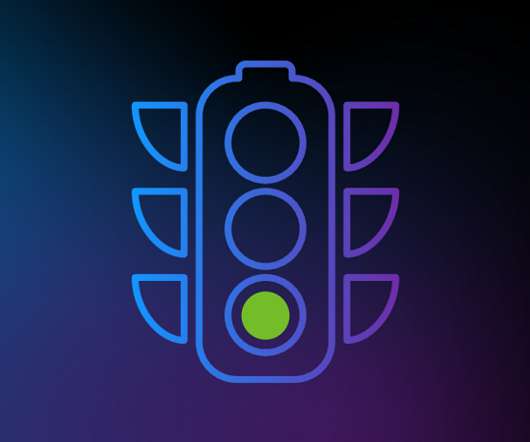
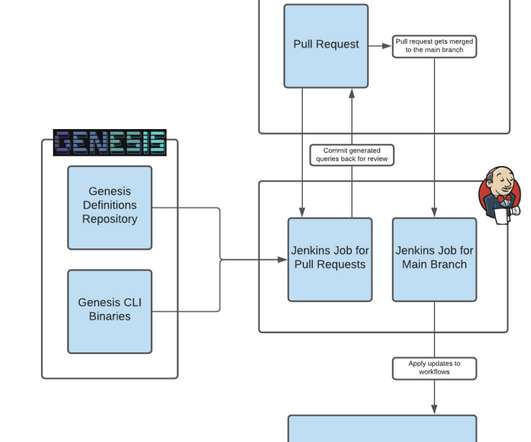








Let's personalize your content